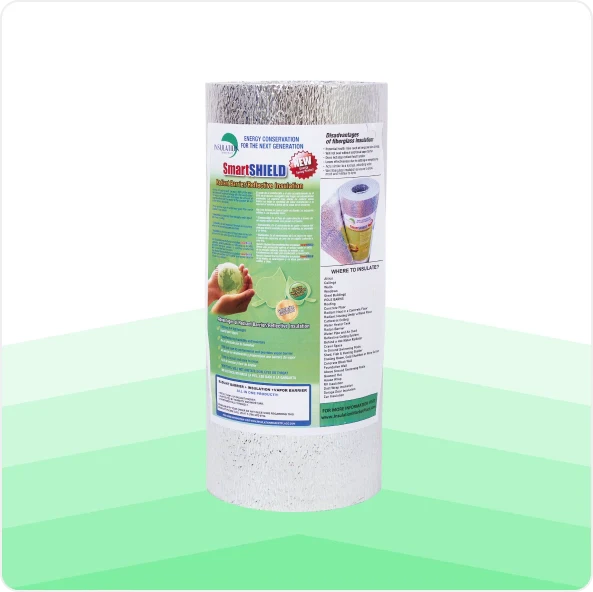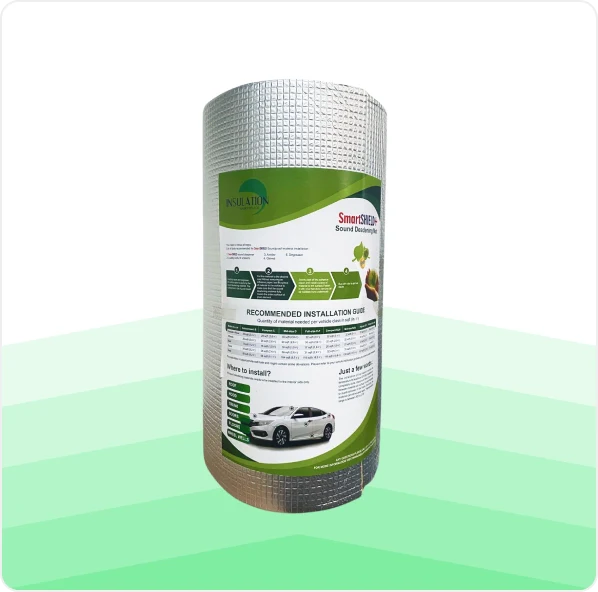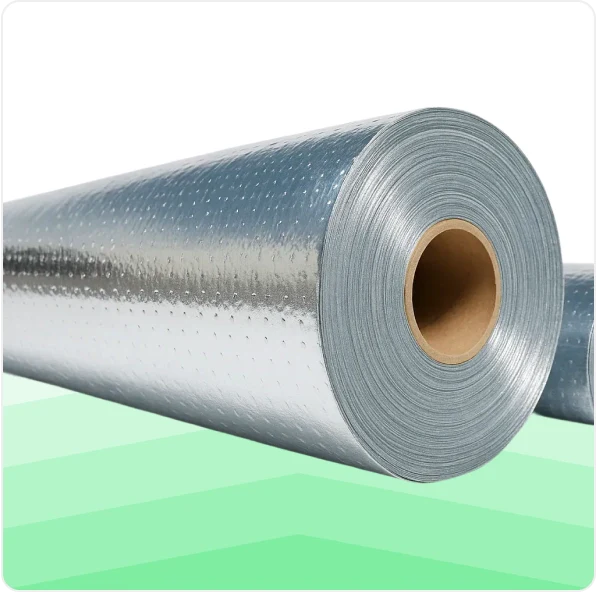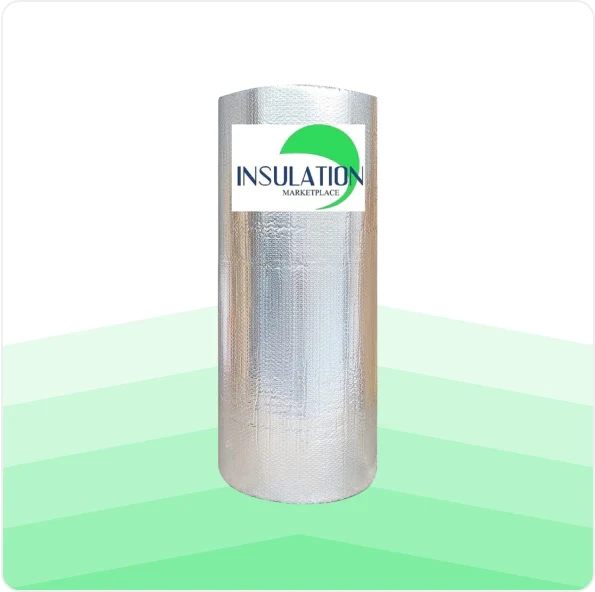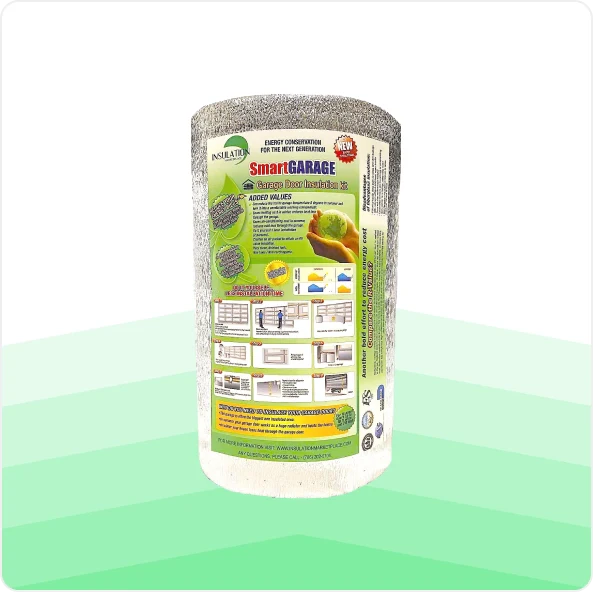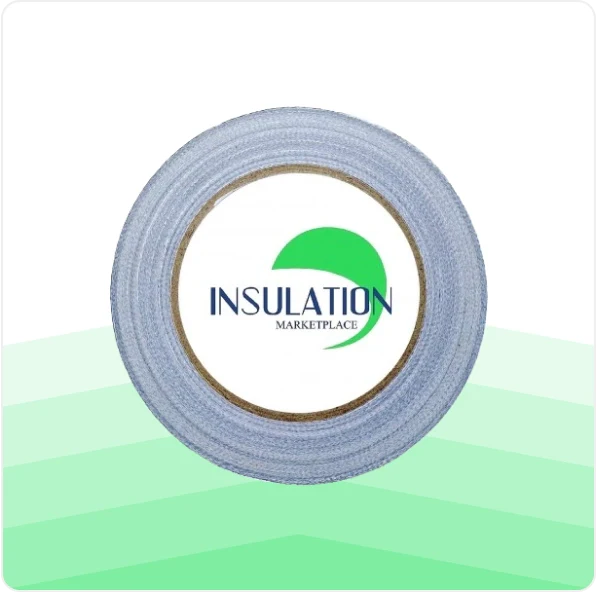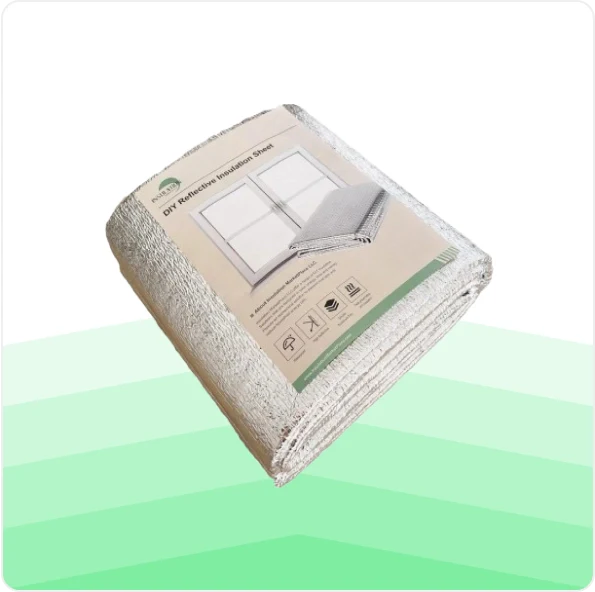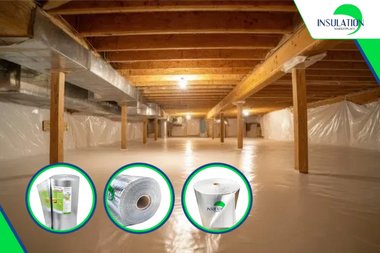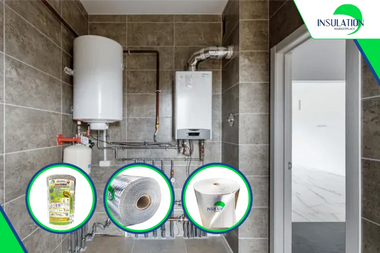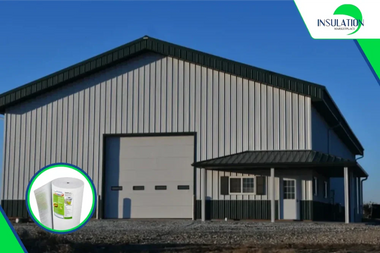Insulation plays a critical role in Florida’s hot, humid climate, where energy bills are driven by constant cooling demands. R Value insulation Florida refers to how well insulation resists heat flow. A higher R-value means better energy efficiency and indoor comfort. Knowing the right R-values for attics, walls, and floors is essential for meeting Florida’s building code and keeping energy costs down.
This guide breaks down Florida’s R-value requirements, explains insulation types, and shows how Insulation MarketPlace can help you choose the right solution.
R Value Insulation Florida Regulations
R-value is a measure of thermal resistance. In Florida, insulation with the correct R-value helps:
- Reduce heat gain during hot summers
- Lower air conditioning costs
- Improve comfort in living spaces year-round
The Florida Building Code follows IECC climate zones to set minimum R-values for different areas of the home.
Understanding the R value insulation Florida regulations are essential for homeowners and builders aiming to meet energy efficiency standards. With Florida's hot and humid climate, you need the right insulation to keep your home or building energy-efficient.
Attics
In Florida, attic insulation requirements vary based on geographical location. The state is divided into two climate zones as per the International Energy Conservation Code (IECC):
- Best Use Case
- Climate Zone 2 (Rest of Florida): Covering most of the state, this hot and humid zone requires attic insulation with a higher R-value of R-38.
In some cases, the R-38 requirement can be lowered to R-30 if specific conditions are met.
- Residential Buildings: Insulation must cover the entire ceiling area, including the top plates at the eaves. If space is limited, meeting the R-38 requirement can be challenging but is crucial for compliance.
- Commercial Buildings: Continuous insulation should be installed over the entire ceiling area, including the top plates at the eaves. If there is sufficient space, the R-38 requirement must be met.

Walls
The insulation requirements for walls in Florida vary depending on whether the walls are framed or constructed with blocks:
- Framed Walls: Insulation for framed walls must meet or exceed an R-value of R-13.
- Block Walls: The R-value for interior insulation must meet or exceed R-7.8. Exterior insulation requires a minimum R-value of R-6.
These standards ensure that both wall assemblies effectively resist heat transfer, contributing to the building's overall energy efficiency.

Raised Floors
Raised floors in Florida homes must also comply with specific insulation requirements. The minimum insulation value for raised floors is R-13, while ceiling insulation should be significantly higher at R-30. This distinction ensures that heat is effectively managed in both the living spaces and the areas beneath the floors, promoting a comfortable indoor environment.

What Type of Insulation Do You Need? Common R Value Insulation Florida
Here’s a quick look at the most common types of R Value insulation Florida homeowners and builders should consider to meet state regulations and ensure effective thermal protection:
With many insulation options available, it's crucial to find the right one for Florida's climate. Let's explore key types of insulation to help you make an informed decision regarding R Value insulation Florida. Here are some options to consider:
| Insulation Type | R-Value per Inch | Best Use Case |
|---|---|---|
| Fiberglass | 2.2 – 4.0 | Attics, walls |
| Mineral Wool | 2.8 – 3.7 | Fire-resistant areas |
| Cellulose | 3.0 – 3.7 | Blown-in wall cavities |
| Spray Foam (Closed Cell) | 5.8 – 6.8 | Attics, crawl spaces |
| Rigid Foam (Polyiso) | 6.0 – 6.5 | Walls, low-slope roofs |
| Reflective Insulation (SmartFOIL, SmartSHIELD) | Reflects 97% radiant heat | Attics, walls, garages |
Best Types of Insulation for Florida Homes
Reflective Barrier - The Best Insulation for Florida Homes
Reflective barriers, made from foil-covered paper, plastic, or cardboard, are ideal for unfinished walls, ceilings, and floors. They are particularly effective at minimizing downward heat flow and blocking heat from entering a structure, making them particularly beneficial in warmer climates.
Their effective insulation properties help maintain comfortable indoor temperatures, enhancing energy efficiency and overall comfort in homes and buildings in hotter regions like Florida.

Batts and Rolls
Fiberglass batts and rolls are popular for framed walls, floors, and ceilings. They are easy to install between studs, joists, and beams. However, they do not provide an airtight seal, so additional measures are necessary to prevent air leaks. Proper safety precautions must be taken when handling fiberglass insulation to avoid inhaling the tiny fibers.
Rigid Foam
Rigid foam insulation, made from polystyrene, polyisocyanurate, or polyurethane, is recommended for unfinished walls, floors, ceilings, and unvented, low-slope roofs. It provides excellent insulation with a relatively low thickness and is easy to cut to size. However, it can be challenging to fit around obstacles and requires fire safety measures when used indoors.
Spray Foam
Spray foam insulation is ideal for adding insulation to existing finished areas and reaching irregular spaces. It provides superior coverage by sealing directly to surfaces, reducing the need for additional air-sealing tasks. Resistant to water damage and mold growth, spray foam suits humid climates but requires specialized equipment and trained installers.
Blown-in
Blown-in insulation, including cellulose, fiberglass, and mineral wool, is effective for adding insulation to existing homes without removing walls. It's applied using specialized machinery and is excellent for hard-to-reach areas. However, blown-in insulation can become heavy over time, and cellulose is susceptible to mold if exposed to moisture.
Achieve Peak Energy Efficiency with Insulation Marketplace
Selecting the appropriate R-value and insulation type is essential for optimizing energy efficiency in your Florida home. Different areas require specific insulation solutions to combat heat transfer effectively, ensuring comfort and cost savings. Understanding these requirements can significantly improve energy consumption and indoor climate.
At Insulation Marketplace, you'll find top-quality products like SmartSHIELD, SmartFOIL, and DIY insulation kits designed to improve your home's energy performance.
Explore our full range of insulation products today and find the perfect fit for your home.
FAQs on R-Value insulation Florida
1. Which insulation is ideal for Florida?
Fiberglass insulation is popular in Florida due to its high heat resistance and affordability. Its effectiveness in managing heat makes it well-suited for the state's hot climate, especially in attics.
2. How thick insulation is appropriate in Florida?
In Florida, an R-value of R-38 is recommended, generally equating to about 12 inches of insulation. This thickness ensures adequate thermal protection to manage heat effectively in homes.
3. Does reflective insulation work in Florida?
Yes. Reflective insulation is ideal for hot, humid regions because it blocks radiant heat, lowering cooling costs.

